Wouldn’t you like to grow your traffic organically month after month without paying for ads or making cold calls? Inbound marketing may be the way to go.
By mastering a few basic inbound marketing tips and tricks, you’ll be able to create evergreen content that attracts more customers to you over time.
In this article, we are going to cover:
- What is inbound marketing?
- Which is best: inbound vs outbound marketing?
- What are some great inbound marketing examples?
- What are the best inbound marketing tips and tricks?
By the end of this post, you’ll get ready to kickoff your inbound marketing campaign and skyrocket your organic traffic.
But first, let’s figure out just what “inbound marketing” means.
What Is Inbound Marketing?
A few decades ago, when life was still in black and white, businesses operated a little differently. If a company wanted new clients, they’d take out ads in phone books, interrupt dinners with cold calls, or pop by your home unannounced just as your kids were going down for a nap.
Then the internet came, and life turned to color.
Businesses could now use email marketing, banner ads, chat messaging, and all those other online marketing tools we’ve come to know and love.
But even more than that, businesses were able to share large amounts of helpful information with their clients. They could also stay in contact with customers throughout every step of their journey.
In short, when the internet arrived, companies were better able to add value to their customers’ lives.
And this is what inbound marketing does best.
If you’ve ever found yourself Googling the phrase, “what is inbound marketing,” don’t worry. You’re definitely not the only one. In fact, Google gets that question quite a bit.
Fortunately, the definition is simple:
Inbound marketing is the process of organically attracting and building relationships with people by providing help, education, and value to their lives.
Now, we know you might be thinking, “Isn’t that pretty much the same as content marketing?”
Close, but not quite. Here’s why:
When it comes to inbound marketing vs content marketing, the two are very similar. But they’re not totally the same.
Content marketing focuses on the creation and distribution of… well… content. And yes, the goal is to help, educate, and empower the user. But inbound marketing goes a step further.
Inbound marketing is a strategy that largely relies on content marketing to operate, but also requires other tools: technical SEO, chatbots, data-driven decision making, lead generation, web design, and so on.
These tools have nothing to do with content and its distribution. Instead, they add value to the customer’s experience in some other way.
Chatbots are a great example. Once a visitor comes to your site, chatbots invite the customer to engage with the company and begin a relationship. They allow you to solve a customer’s problems more easily by opening up another line of communication.
Consequently, that visitor is more likely to return to your site in the future.
Soon we’ll look at a few examples of companies who know a thing or two about successful inbound marketing. But first, let’s talk about the difference between another type of marketing: outbound marketing.
Which Is Best: Inbound vs Outbound Marketing
As we said above, the marketing world was remarkably different before the internet. The channels of communication simply didn’t allow for 2-way conversations.
That meant businesses did all the talking, pushing, and selling.
When inbound marketing came around, businesses began doing things totally differently: they began listening, earning, and teaching.
Now, when it comes to the “inbound vs outbound marketing” debate, a lot of people are unfairly hard on outbound marketing.
So let’s quickly compare the pros and cons of both inbound and outbound marketing efforts. Then we’ll be better prepared to talk about what type of businesses each strategy would be suitable for.
As you can see, the pros definitely outweigh the cons. Inbound marketing is typically cheaper, more effective long-term, and focuses on the relationship rather than the sale.
Next, we have outbound marketing:
Outbound marketing does have some major cons, and it typically focuses more on the short-term sale over the long-term relationship. However, it isn’t without its benefits.
With outbound marketing, companies with a larger budget have less competition, can more easily track results, and see more immediate profits.
So which strategy is best for most companies?
At the end of the day, inbound marketing is a good strategy for all businesses no matter what size.
But outbound marketing still has its place. It largely depends on your budget and your audience. Some demographics are simply less available to inbound marketing strategies.
You can imagine a nonprofit trying to reach impoverished regions without reliable internet access.
Or perhaps a company selling to an audience that is aged 65+, only 67% of whom consistently use the internet. Thus, relying on inbound marketing tips could leave out one-third of the audience.
In situations like these, outbound marketing may be more appropriate. In most others, though, an inbound marketing plan is the way to go.
Now that we know what inbound marketing is and why it’s a universally good strategy, let’s get inspired by some awesome inbound marketing examples!
Great Inbound Marketing Examples
The following three companies are internationally known because of their awesome marketing strategies. While none of these companies rely exclusively on inbound marketing, they are certainly ahead of the competition when it comes to that area:
1. Starbucks
Starbucks is an awesome example of successful inbound marketing tips to follow.
When it comes to getting new customers, they don’t go around knocking on people’s doors, and you rarely (if ever) see their advertisements on the radio or television.
Plus, can you imagine getting a cold call from your local Starbuck’s manager at dinnertime?
Again, that’s not to say Starbucks doesn’t have any outbound marketing tricks up their sleeve, but their inbound marketing strategy sets the bar for their competition.
Here are a few ways Starbucks attracts customers through inbound marketing:
News and Stories: Rather than writing blogs, infographics, or ebooks, they write educational news stories to spread on social media. They share about their brand, new products, and their environmental efforts.
The goal of these stories is to teach people about their brand. They are more informative, more narrow in scope, and the content’s main focus is to nurture relationships with existing customers than attract new ones.
Coining New Terms to Rank on Google: SEO is still a big part of their inbound marketing strategy. In fact, Starbucks ranks organically for 1 million words:
While a lot of these searches come from users looking for a Starbucks in a particular location, others are looking up coffee drink names that were created specifically by Starbucks:
The unicorn frappuccino is something that a Starbucks employee created back in 2017.
Well, the drink went viral.
And even though the offer ended later that year, people still continue to search for that beverage today.
Coining terms in your own industry is an excellent inbound marketing technique. When people search for that, you are likely to rank higher because it doesn’t exist anywhere else!
Gamified Apps: The Starbucks app has been the reigning leader of customer loyalty apps for a while now. They turned buying drinks into a game. While most coffee places give punch cards to reward their customers, Starbucks gamified their app by using gold stars:
If you purchase a certain amount of drinks or pastries, you can earn these stars and use them toward future purchases.
The purpose of this app isn’t to get new customers. After all, the only way the app functions is if you’ve already made a purchase.
Instead, the app strengthens the brand’s relationship with its existing customers for repeat business, making the Starbucks app one of their more popular inbound marketing tricks.
A Store Locator on Their Facebook Page: To help customers find them more easily, Starbucks has a store locator embedded directly on their Facebook page:
They don’t shout it from the rooftops, but this small feature is there to help their loyal customers when needed.
2. Uber
Uber has had a lot of controversy over the last few years because of its workers’ conditions. But even before they found themselves in hot water, you likely knew about the brand.
And it wasn’t from a cold call.
In particular, Uber cleverly used inbound marketing to attract new customers in two ways.
They Turned Employees Into Brand Ambassadors: If you’ve ever taken an Uber, then you know that one of the first questions on your commute is, “how long have you worked for Uber.”
Most customers are curious about the job because it’s pretty unique. Uber employees aren’t only encouraged to talk about their position, but to find new drivers through Uber’s Driver Referral Program.
Even though this program’s goal is finding new employees, it can also serve to strengthen the relationship with Uber and its clients.
Hearing an Uber driver talk so positively about their role that they recommend it to others (something you’d rarely experience in a taxi cab) makes clients feel better about using the service.
Plus, later in the evening, the customer is more likely to share their positive Uber experience with whomever they’re meeting upon arrival. Why?
Because they’ve just been talking to a real person about how awesome it is.
Since Uber drivers come into contact with lots of people every day, this word-of-mouth marketing quickly spreads and builds the brand’s reputation.
They Segmented Their Email Campaigns by Location: Email campaigns are one of the cornerstones of content marketing. But when it comes to inbound marketing, email campaigns take it a step further. And Uber shows us how.
Uber personalizes and segments its emails based on location. That way, you aren’t just getting a generic email from Uber.
Instead, you’re getting an email from your designated account manager in the region:
That personalized touch can have a huge impact on customers. Plus, there is more incentive to spread Uber via word-of-mouth because they give a discount to anyone who uses their services on your recommendation.
Plus, you get a discount for referring people! You give someone $15 credit, and when they use it, you get $15 credit.
Everything about their emails goes beyond the scope of content marketing and works as a successful inbound marketing tip.
3. Google
When most people think about Google, they just think of a helpful search engine. Rarely does the average person view Google as a large company with a marketing department, gossip at the watercooler, and an annoying HR rep named Mike.
But Google is a business. And in their business, they rule at inbound marketing.
Through their inbound marketing efforts, Google has become known and depended on worldwide. How do they attract so many clients?
By constantly updating their product to help their users.
In other words, their inbound marketing strategy was to become the best and to stay the best.
And that’s exactly what they did. Here’s how:
Everything They Do Is Targeted Specifically to Their User: Google’s algorithms collect information about search history to try and figure out what you’re typing as you’re typing it. With just a few letters, Google gives you options to fill in the rest:
They also track your location so they can give you better regional answers:
And they offer you suggestions based on what other people also searched:
Plus they don’t charge their users anything for these features.
Creepy as some people find it, Google has invested a lot of many to figure out what you (yes, specifically you) want within the first few words of your search.
It may sound cheesy, but Google created, maintained, and improved upon a product that people never even knew they couldn’t live without.
In doing so, they attract people organically by being a genuinely valuable and free service.
But they didn’t stop there.
They Produce Valuable Tools and Resources: As you know, Google is more than just a search engine. It also develops loads of tools to help people on the business side.
They developed tools like Google Analytics and Google Search Console (GSC) to help businesses improve their performance on Google’s platform. They have Gmail with features like Google Docs, Sheets, and Finance. And pretty much every other tool anyone could need or want:
So not only did they create the ultimate product, they created tools to help everyone master that product and be more efficient in their day-to-day lives.
Plus, they have countless written resources and video tutorials to guide users through any problems they may encounter. If you have a question, they have your resources:
And if you can’t find what you’re looking for, you can always email, call, or live chat with their support team.
All of these helpful resources, along with opening a 2-way dialogue with their users, create a natural attraction for new clients.
Though we may not always think of Google as brilliant marketers, that’s exactly what they are.
Their platform’s astonishing 5.6 billion searches per day is proof enough of that.
Feeling inspired? Let’s take a look at how you can use a few inbound marketing tips and tricks to organically attract customers!
The Best Inbound Marketing Tips and Tricks
The inbound marketing examples we saw above are great, but the same strategies may not be right for everyone.
However, we’ve compiled a list of 8 inbound marketing tips and tricks that are right for every company.
With these strategies, you’ll be able to naturally increase your traffic while nurturing a mutually beneficial relationship with your clients.
1. Create a Content Strategy
As we already mentioned, content marketing and inbound marketing aren’t exactly the same thing. But inbound marketing is most successful when a content creation and distribution plan is in place.
Before you even start diving into inbound marketing, you need a well-defined content strategy. Ask yourself the following questions:
- What types of content does my audience respond to? Blogs, infographics, ebooks, white papers, videos?
- What platforms work best to attract customers? YouTube, Facebook, Twitter, Google?
- How much content am I able to consistently produce each week?
These questions should help you create a content marketing strategy to attract traffic to your site. When this is running smoothly, you can focus on all the inbound marketing strategies that aren’t a part of your content like technical SEO, segmented or targeted emails, customer support and success, and so on.
Again, content marketing is often confused with inbound marketing because, though they’re different, they are both most successful when working together.
2. Track Your Results
Inbound marketing works best when you are making data-driven decisions rather than going with your gut.
You should have your site hooked up to Google Analytics and Google Search Console to track your customers’ behavior and your site’s SEO performance:
Or, you can always use a tool like MonsterInsights to set up reports and have them conveniently in your WordPress dashboard:
Data is the best way to understand what attracted customers to you in the first place. That means it’s also the best way to learn how to attract customers in the future.
What should you be looking for? Well, that will change depending on your business, but the usual suspects are:
- Top-performing content for the search engine of your choice
- Channels driving the most traffic to your site
- Content with higher than average time on page and low bounce rates
- Content that converts visitors into customers
- Feedback from your customers (both positive and negative)
All of these metrics will help you sharpen your inbound marketing strategy and better serve your customers.
3. Master Your Technical SEO
Technical SEO is one of the biggest parts of inbound marketing. You need to analyze how your site is performing on the search engine you’re using to drive traffic (most likely Google).
You should be running a site audit at least once per month to make sure your site is performing well and doesn’t have any outstanding issues.
As you likely know, there are over 200 aspects to your website that can affect its rankings.
That’s too much to cover here today.
Instead, we’ll recommend using a tool like Google Search Console or SEMrush’s site audit.
Google Search Console will give you an overview of any problems with your site. It will also tell you how to fix them:
And, again, it’s totally free.
If you haven’t used Google Search Console in the past, make sure you read our article on how to get started and master GSC. That resource should cover everything you need to get started on your technical SEO.
Another great tool is SEMrush, which allows you to run an in-depth site audit:
This, too, will find any issues with your site’s SEO performance and show you step-by-step how to fix them:
Though SEO is typically something lumped in with content marketing, technical SEO falls under the realm of inbound marketing. Rather than creating and distributing content, your technical SEO game will help your site (and all the content on it) rank higher.
Once you’re consistently ranking because of your improved technical SEO, you can expect to see more customers find you organically.
4. Segment Your Audience
Email campaigns are a great way to keep in touch with customers. But why not segment your audience to make those emails more personal?
As we saw from Uber, you can segment your email list by location. However, there are many other ways you can segment your audience with email. You can segment your audience by:
- Demographics
- Purchase history
- Web activity
- Click-through rates
- Open rates
And much more. In fact, we’ve found 50 ways to segment your email list to get higher conversions.
By personalizing your emails to targeted audiences, you are able to connect with them on a deeper level. That means increasing your odds of turning one-time purchasers into loyal customers who consistently come back for more!
ReminderYou can also segment your audience when using social media. However, this is usually most effective when running ads on social platforms, so it doesn’t apply as directly to inbound marketing strategies.
5. Check Your Web Design
One area that is often overlooked by online merchants is how the layout of their website affects their business.
User expectations are very high when it comes to the internet. Everything should be clearly laid out, look visually appealing, and be intuitive to navigate.
You can have the best inbound, content, or outbound marketing strategies on the planet, but if you aren’t sending traffic to a site that looks good and is easy to use, you can kiss all those leads goodbye.
Look at your website objectively, ask friends, family, and colleagues to give you feedback, or head over to Reddit for some (brutally) honest advice.
You don’t need to take all the feedback you get.
But sometimes a second pair of eyes can help identify problems with your site’s design that you never even noticed.
Having a beautifully designed website is just like cleaning your house before company comes over for dinner: once your guests are inside, you want to make them comfortable and encourage them to stay.
6. Level up Your Social Media Game
Having a great social media plan is more than just distributing your own content.
It’s about engaging with your users.
Social media gives businesses a unique opportunity to not only learn how their clients like to consume content, but how they like to communicate their love or frustrations with brands.
By getting on social media, you open up the lines of 2-way communication to allow your users to give you direct feedback, ask questions, or give glowing reviews.
Those reviews, by the way, can also serve as killer testimonials. Just another happy byproduct of this inbound marketing tip!
7. Open up Your Lines of Communication With Chatbots
Another way to build and nurture a relationship with prospective clients who found you is through chatbots:
By adding a chatbot to your website, you can better respond to user questions and more quickly guide them to valuable content. In time, you should be able to gather metrics on the most commonly asked questions and produce content around those subjects.
Also, once you know what questions or problems your users typically have, you can begin to automate chatbots to be more efficient at problem-solving.
The goal with this inbound marketing tip is to create more personalized contact in your user’s journey, so you can help them along the way.
NoteAnother way chatbots help your inbound marketing strategy? They can increase time on your website which is a good SEO signal for search engines.
8. Create Targeted Landing Pages or Lead Capture Popups
A lot of eCommerce businesses know the value of landing pages and popups. They’re excellent ways of converting traffic into customers.
However, one inbound marketing tip is to create landing pages and popups that are targeted to the visitor. That way, your customer’s experience is as personalized as it can be.
To do this, there’s simply no better tool than OptinMonster.
With OptinMonster, you can create landing pages and popups in just a matter of minutes. Then, you’re able to set display rules to show those landing pages or popups only to visitors who meet certain criteria.
So, for example, you could go to your campaign’s dashboard and click “Display Rules”:
Then you can add a rule to have a landing page specifically for people in your region by setting a rule for visitor’s location is [location]:
Just don’t forget to click validate. ?
Or you could direct traffic coming from Facebook (or any social media platform) by setting a rule for the referrer URL contains [social media platform]:
Basically, with OptinMonster, you can make sure that you are targeting segments of your audience with personalized communication.
Not only that, you can A/B split test your campaigns to make sure your message is as efficient as possible.
To do that, you would simply choose the campaign you would like to split test, create an alternate campaign, and OptinMonster will show both campaigns randomly to visitors.
Then you’ll have a report to show how each version of your campaign is performing and make smarter data-driven decisions moving forward.
NoteFor a full tutorial, check out our documentation on how to create an A/B split test for your campaigns.
Again, the core of your inbound marketing strategy is about attracting customers to you and building a strong relationship with them. By tailoring specific pages of your site to your customer, you are showing that you value their unique customer journey.
Final Thoughts
Inbound marketing is one of the best strategies your company can use to attract and build loyal clients. Rather than shouting at cold traffic, you simply engage and educate people who found you.
With the inbound marketing tips and tricks shared above, you should be well on your way to creating an inbound marketing strategy to increase your organic traffic, encourage repeat business, and produce tons of happy clients in your brand’s community!
If you enjoyed this article, feel free to share it with others who would find it valuable. Or, why not contact us directly via Facebook or Twitter?
Looking for video tutorials, tips, and tools? Subscribe to our YouTube channel.

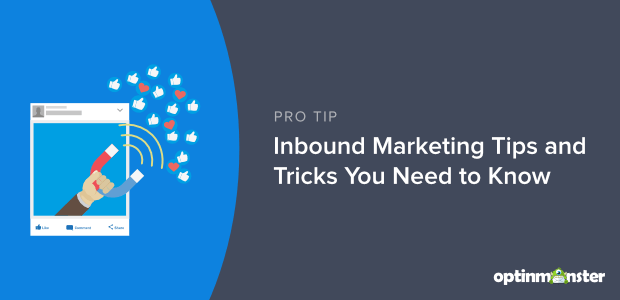
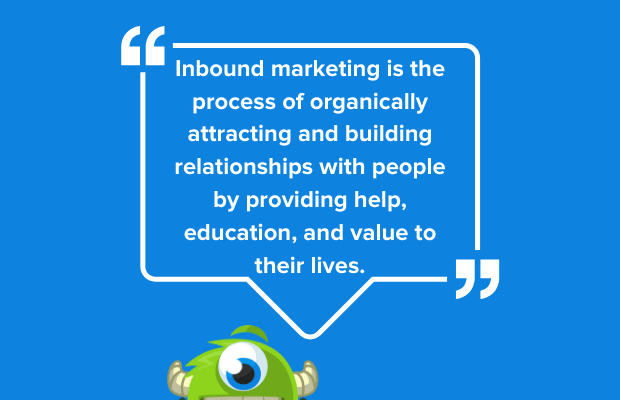
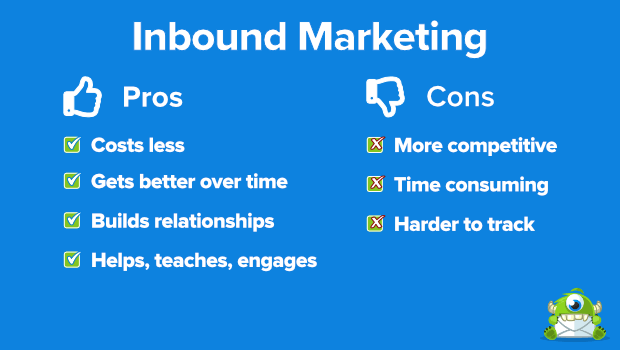
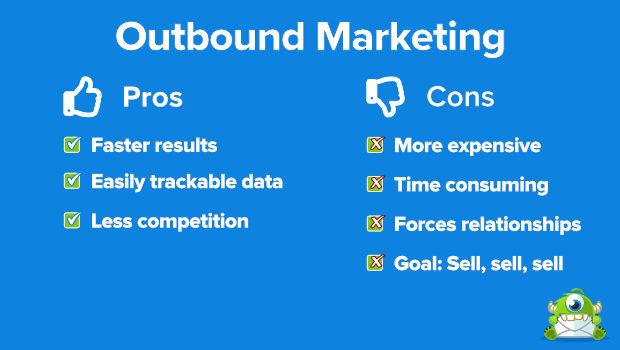
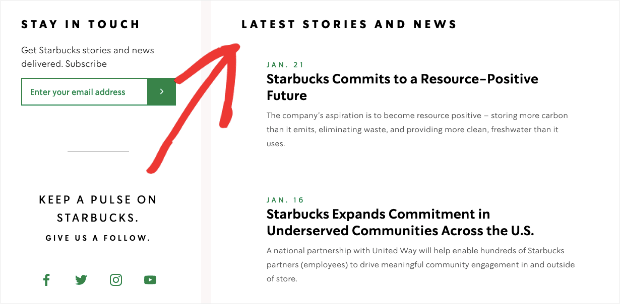

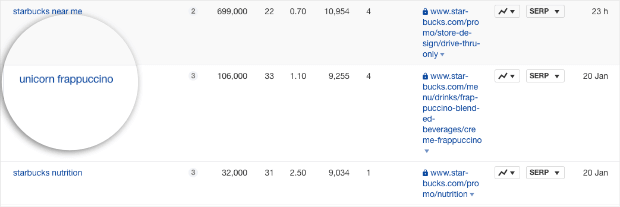
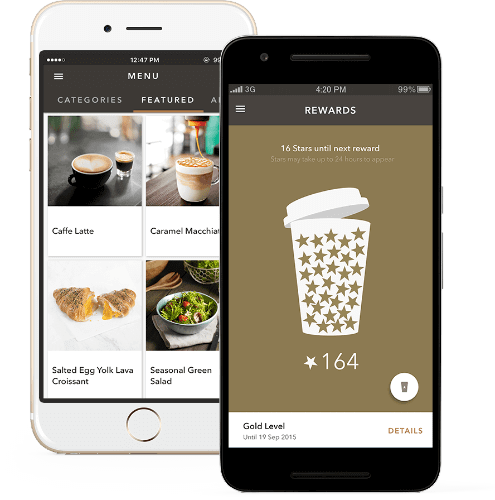
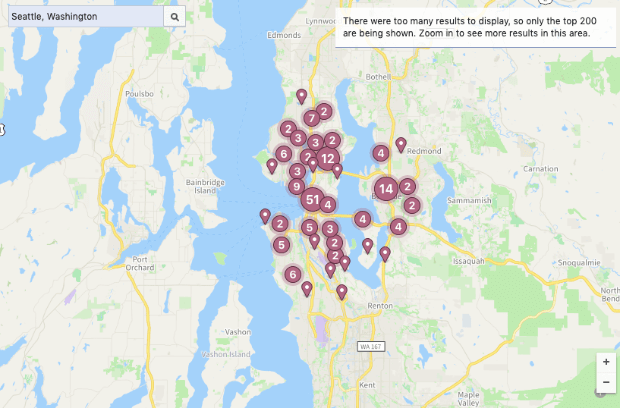

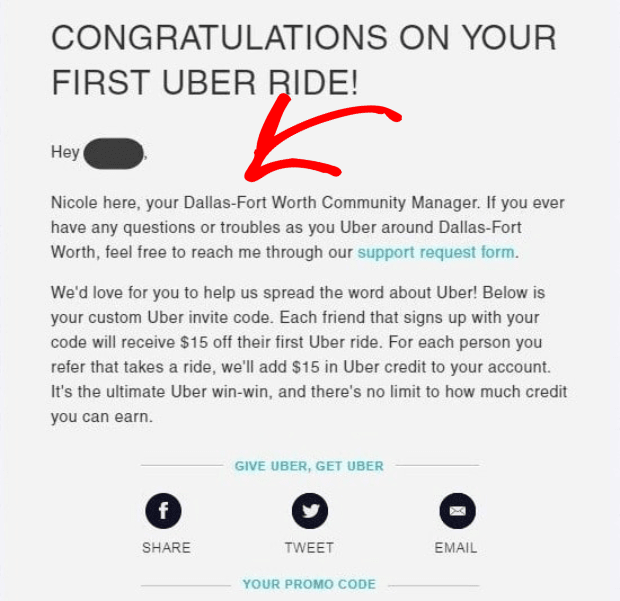
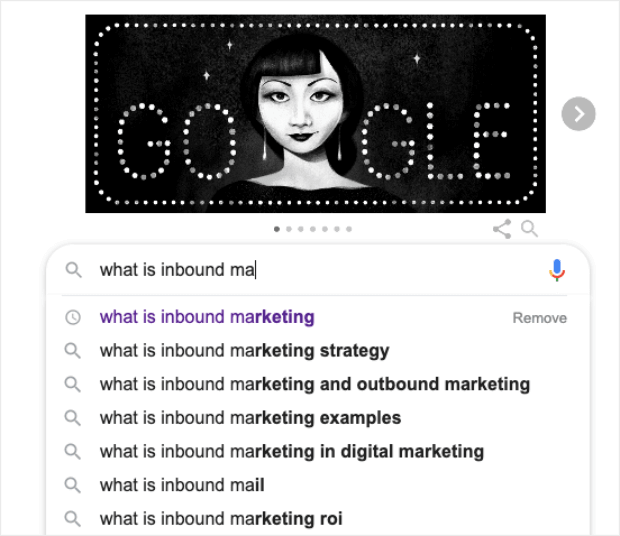
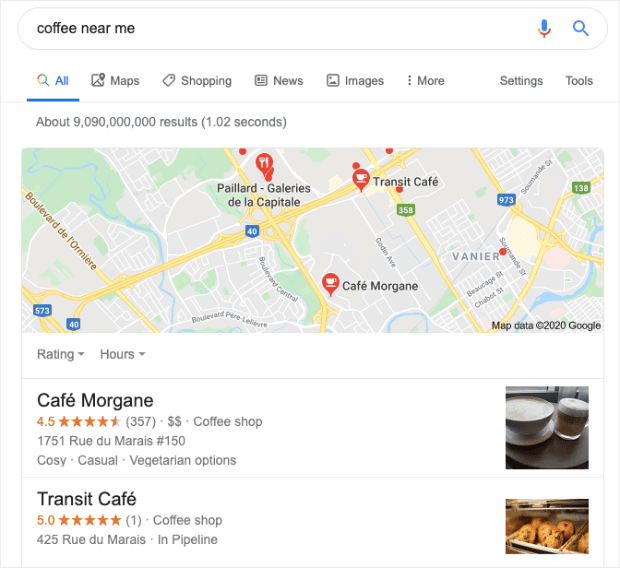

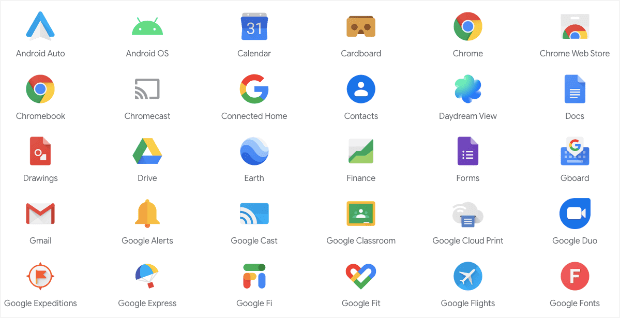
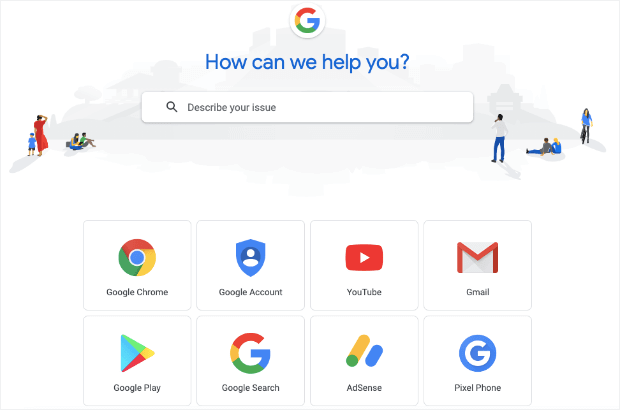
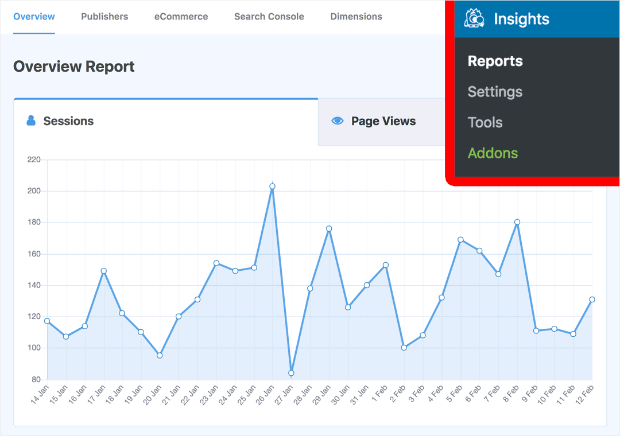

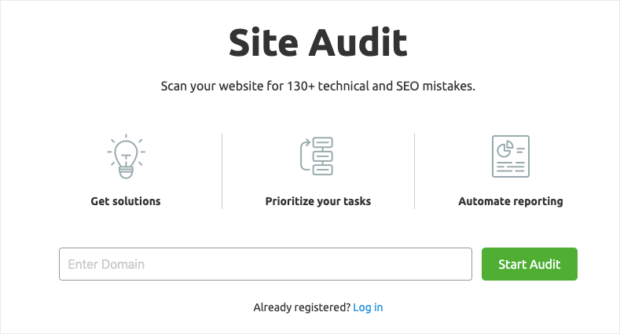
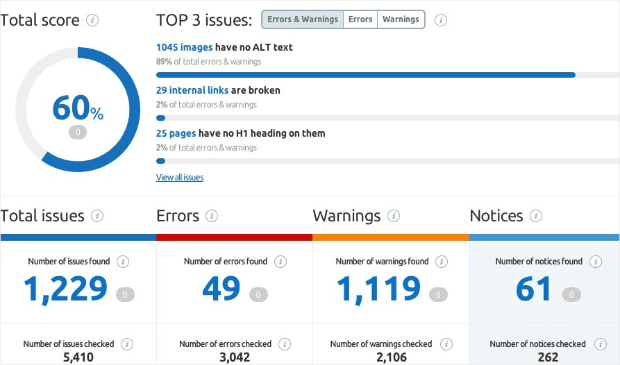
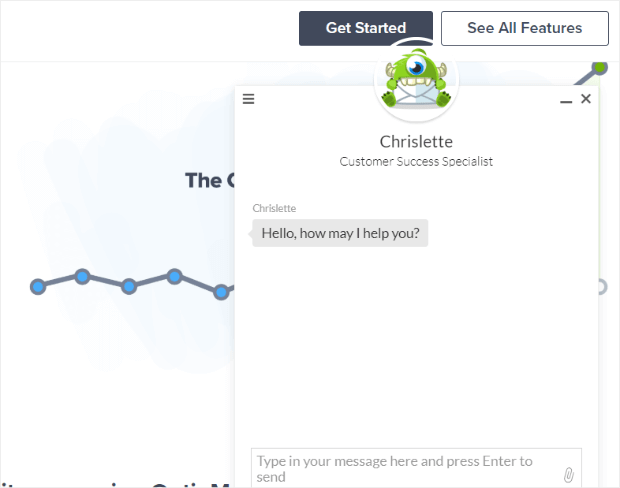
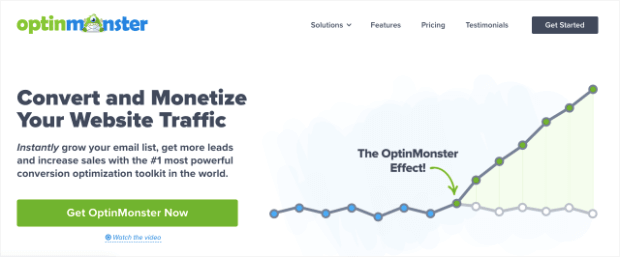
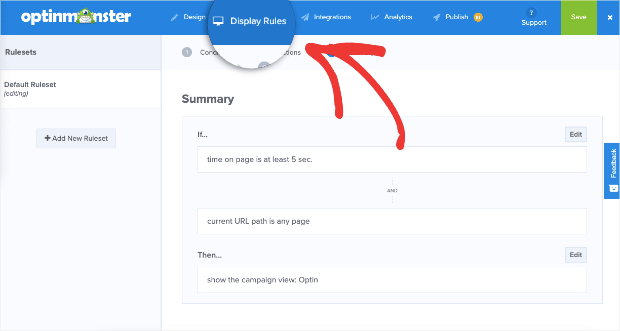










Add a Comment